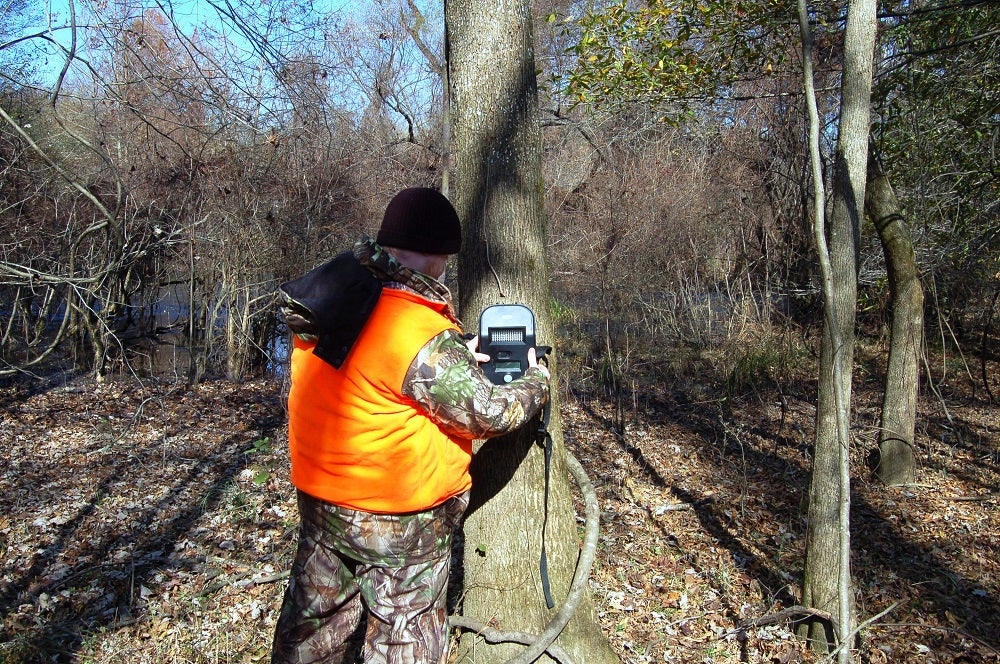What Trail Cams Can Tell You
Dr. John Woods 11.24.15

For all the false expectations that trail cameras can give you, they do deliver certain data sets of value. You simply cannot argue against what seems to work or at least what users in the field have deemed necessary to have. Trail cameras have definitely taken their position in many aspects of game management across the country.
I know deer hunters that put out, maintain, and check over 100 cameras on their hunting properties every season. How they afford either the cameras, SD cards, or batteries (much less how they find the time to do it all) is a mystery to me. They catalog the photo yields like guarded secret information and rarely share much of what they have captured.
Ironically, they rarely share either that they hardly ever harvest one of those big bucks caught on those cameras. Still, the cameras did catch the images, so that is valuable to know. But just what does all this photo information tell you?
First and foremost, trail cameras that do their jobs well inform the owners of the essential what, where, and when by snapping the imagines on the SD card. Trail cam users have to be savvy in terms of interpreting just what it is they see in the photos. There is much more to the story than simply the bucks standing around.
Of course, the majority of hunters are primarily interested in seeing evidence of bucks on their property. So, study the bucks in the photos. How big are they? How many points are on their racks? Is there anything unique about the racks, typical or non-typical and such? Now, more importantly begin the study of aging your deer. Is that decent big 8-point more than 3 years old? These are questions you want to ask and answer.
What else is in the photos? How many does, yearlings, spikes, fawns? Catalog the total count and make up for that camera site. Then, start to pattern the times of the day. Are any day time shots or mostly at night? Late PM or early AM? Next, start to compare that same camera site photos over several days or better yet, weeks. Are there any patterns?
What else did you capture? Were the raccoons raiding the corn pile? Were any coyotes or fox visiting the site? Hogs? These are things you need to know. Hang your cameras, change out the SD cards regularly, and really study the data that is collected. Then start hunting.